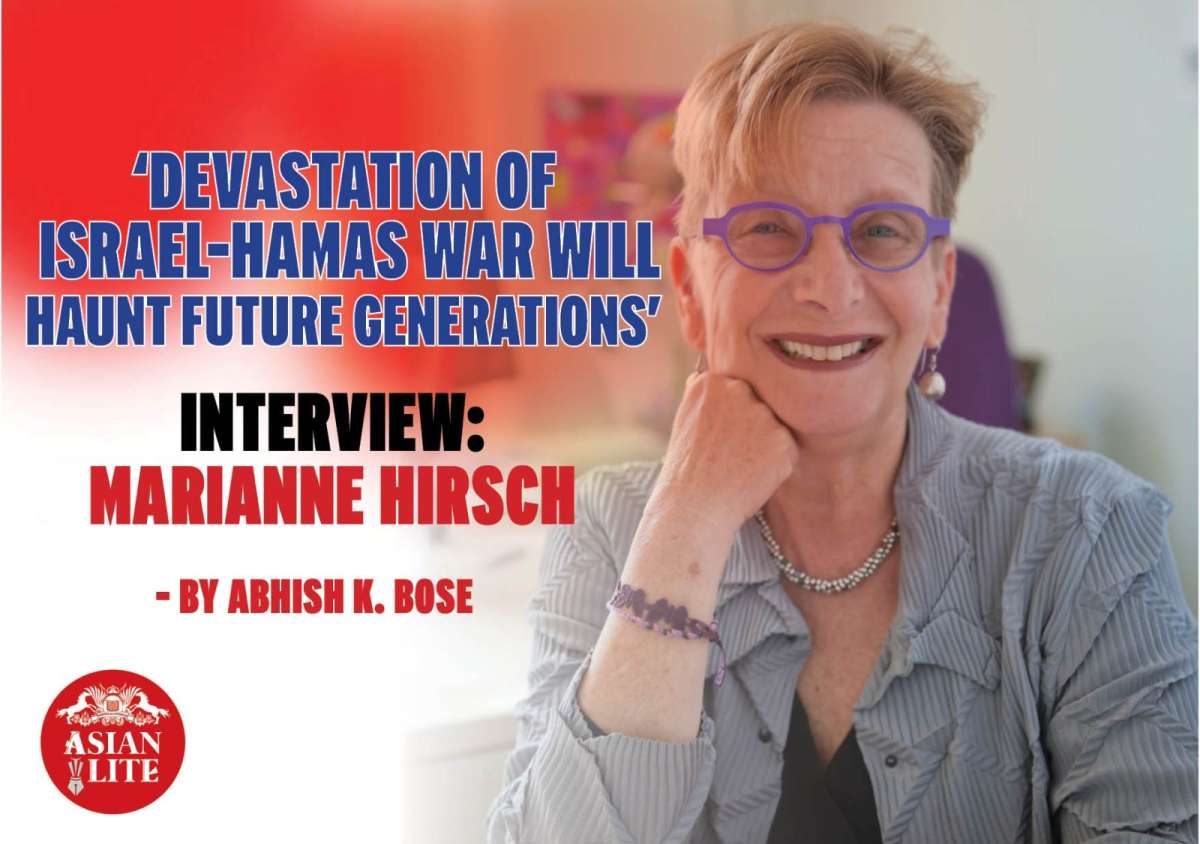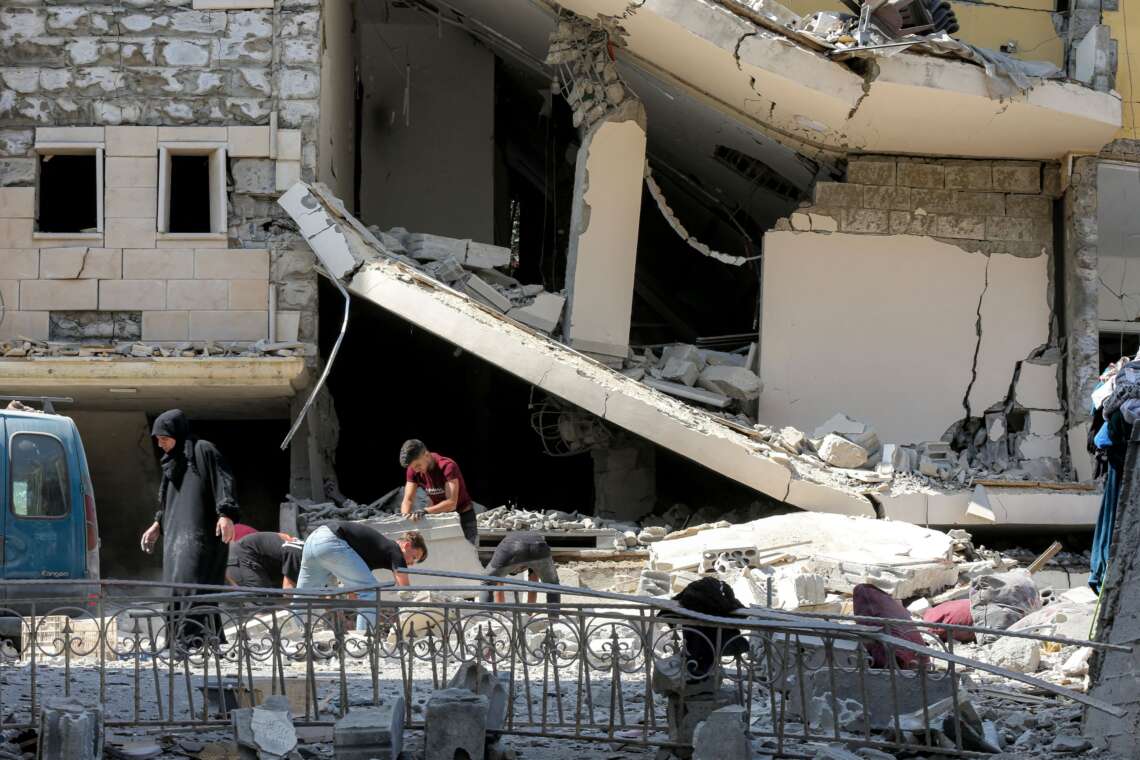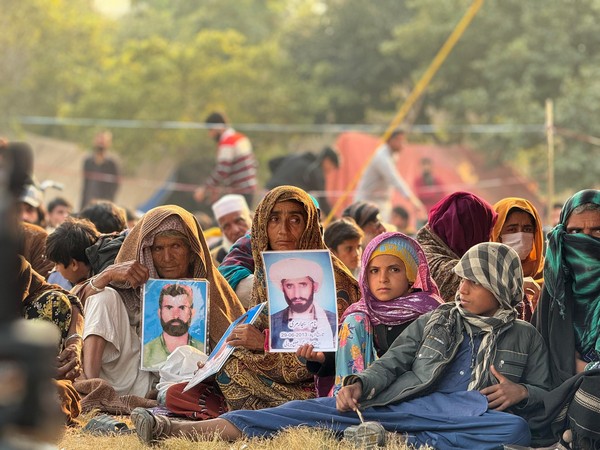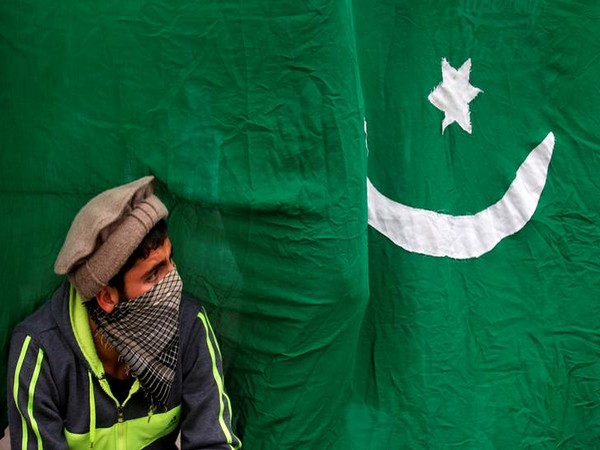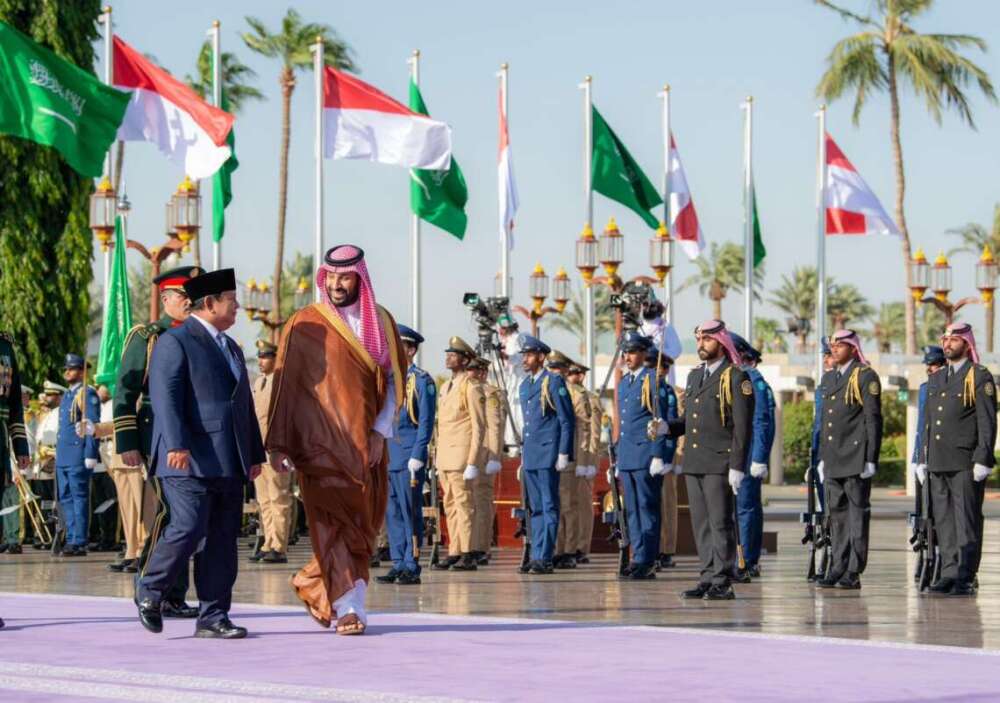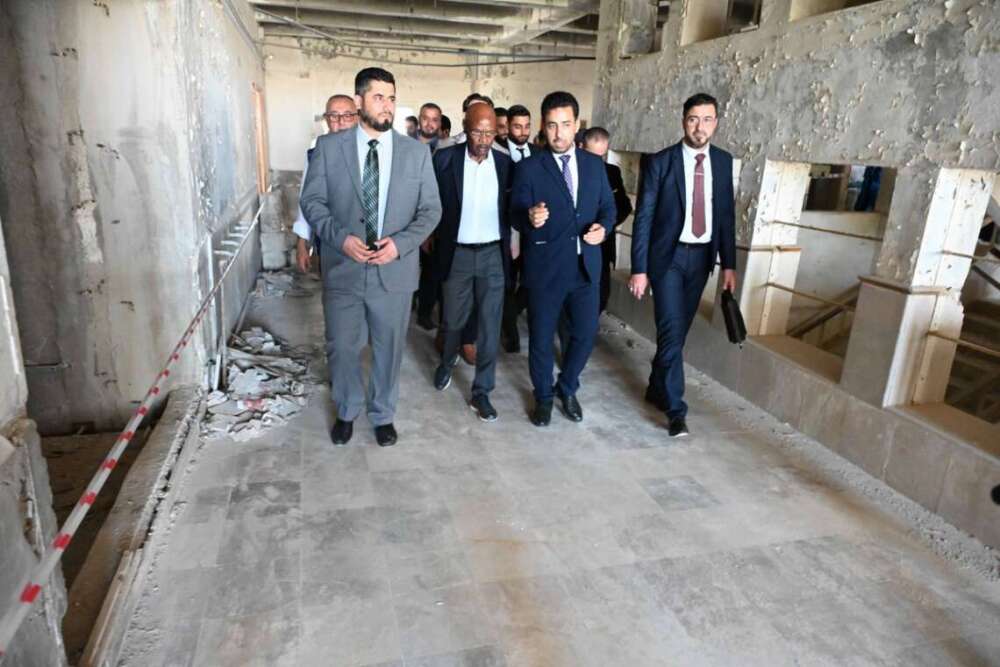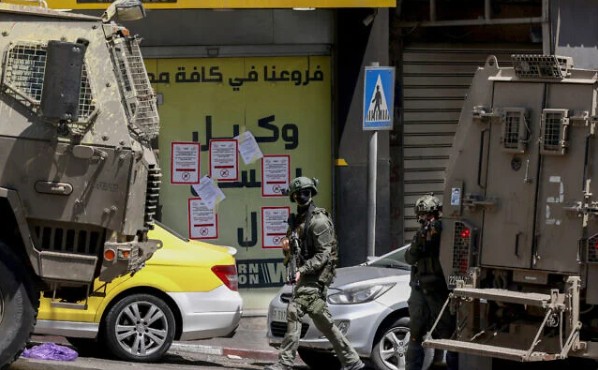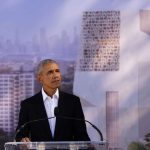Marianne Hirsch is William Peterfield Trent Professor Emerita English and Comparative Literature; Institute for the Study of Sexuality and Gender Columbia University.
Hirsch writes about the transmission of memories of violence across generations, combining feminist theory with memory studies in global perspective, a process she has termed “postmemory.” Her books include Family Frames: Photography, Narrative and Postmemory (1997), The Generation of Postmemory: Writing and Visual Culture After the Holocaust (2012). She co-authored Ghosts of Home: The Afterlife of Czernowitz in Jewish Memory (2010) and School Photos in Liquid Time: Reframing Difference (2020) with Leo Spitzer. Her (co)-edited volumes include The Familial Gaze (1998), Women Mobilizing Memory (2019) and Imagining Everyday Life (2021). Hirsch is professor emerita in Comparative Literature and Gender Studies at Columbia University in New York. She is a former President of the Modern Language Association of America and a member of the American Academy of Arts and Sciences. She is a co-founder of Columbia University’s Center for the Study of Social Difference, where with a group of artists, scholars and activists, she co-created the Zip Code Memory Project, dedicated to finding community-based ways to memorialize the devastating losses resulting from the Coronavirus pandemic while also acknowledging its radically differential effects on Upper New York City neighborhoods. Hirsch is currently working on a book about reparative memory.
In an interview with Abhish K. Bose she discusses how the disastrous impacts of tragic incidents affects the posterity.
1, You have studied the psychological and physiological impact of the Holocaust on survivors and their descendants and proposed the term postmemory for inherited trauma. According to you, memories of tragedies will not end in one generation, rather they get transmitted to posterity. What is the scientific basis of this contention? Please explain?
Yes, I have argued that we can remember other people’s memories. Descendants of individuals and communities that have survived powerful collective experiences – catastrophes such as war, genocide and extreme violence, but also transformative political movements such as coups, revolutions and uprisings – often feel as though they were shaped by events that preceded their birth. But they experience these events not as memories, but as postmemories; they were not there, so their recollections are belated, temporally and qualitatively removed.
This argument is based on literary, artistic and autobiographical second-and third generation accounts and on research about trauma and its intergenerational transmission. In recent years, neuroscientists have substantiated these accounts by showing how trauma can be transmitted across generations epigenetically. Thus, parental trauma can be encoded in children’s epigenetic structures – not their DNA sequence but in the gene expression which encodes environmental factors that are heritable. This can make them more vulnerable to traumatic and post-traumatic stress symptoms. Although this research is in its very beginnings and not yet conclusive, it does corroborate the more subjective accounts of members of what the writer Eva Hoffman has called the “postgenerations.”
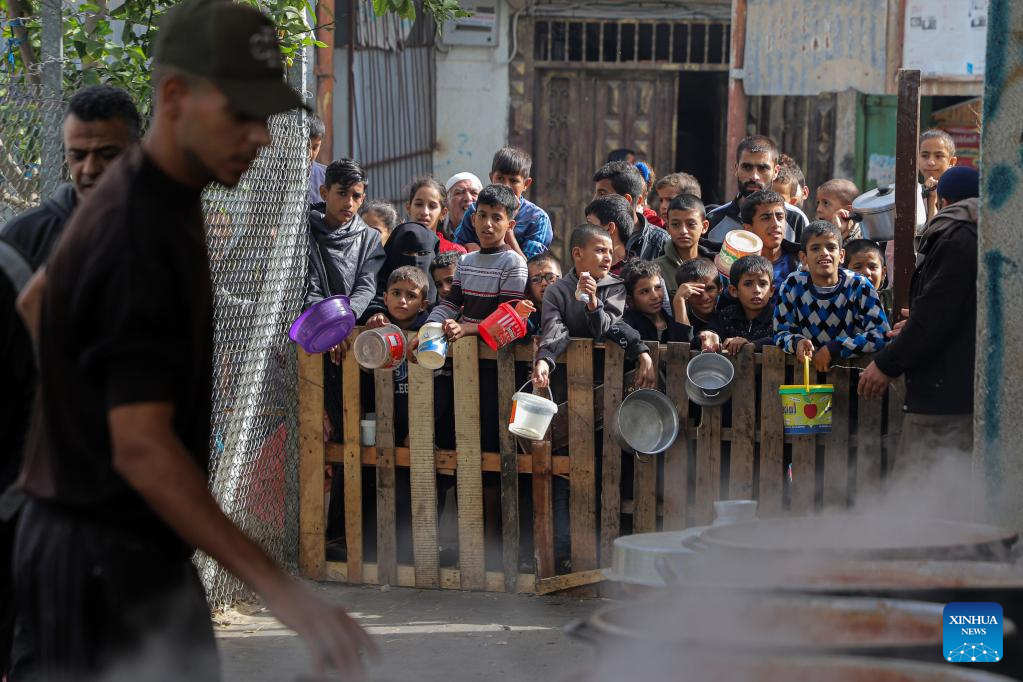
2, What do you think the impact of calamities such as the current wars will be for posterity? The Israel – Hamas war is ongoing with indescribable destruction and butchering of humanity. Could you evaluate the repercussions of the loss of human life for the descendants of the victims and the survivors?
It is harrowing to think about the generations of trauma that are being produced by the brutal wars in Ukraine/Russia and Israel/Gaza. And by other less publicized wars and ethnic cleansings. The fear of deadly aerial bombardment; the intimate brutality and devastation children are suffering and witnessing; the wounding, maiming, hunger, lack of medical care they are experiencing – all this will haunt traumatized survivors and their descendants for generations to come. And this violence is sure to breed further enmity and hatred against the perpetrators. In all these wars and on all sides, the current devastation is also reactivating older histories of violence that have not been worked through but that fuel current conflicts. It is both fascinating and extremely troubling that the Holocaust, for example, is being used as an alibi for war, both by Russia and by Israel. It feels impossible to “solve” these wars and to envision peace—but, as intellectuals, we must try to shift the frames of war and to think beyond and against its inevitability.
3, The impact of communal riots resulting from partition also bears similar long standing consequences. India had a fair share of communal riots and the partition triggered mass displacement. Are there connections between them and the descendants of Holocaust survivors as far as the repercussions of these historical events are concerned?
This is not my field, but I do believe that the violence of the partition and the mass displacement that resulted left lasting scars that were and are transmitted to subsequent generations. It took longer for this research to emerge but studies of the long-term effects of the partition are now central to the field of memory studies. Literary, artistic and historical works about the partition are offering a new focus in the field and the opportunity to study both the particularity of each of these catastrophic histories and points of connection between them.
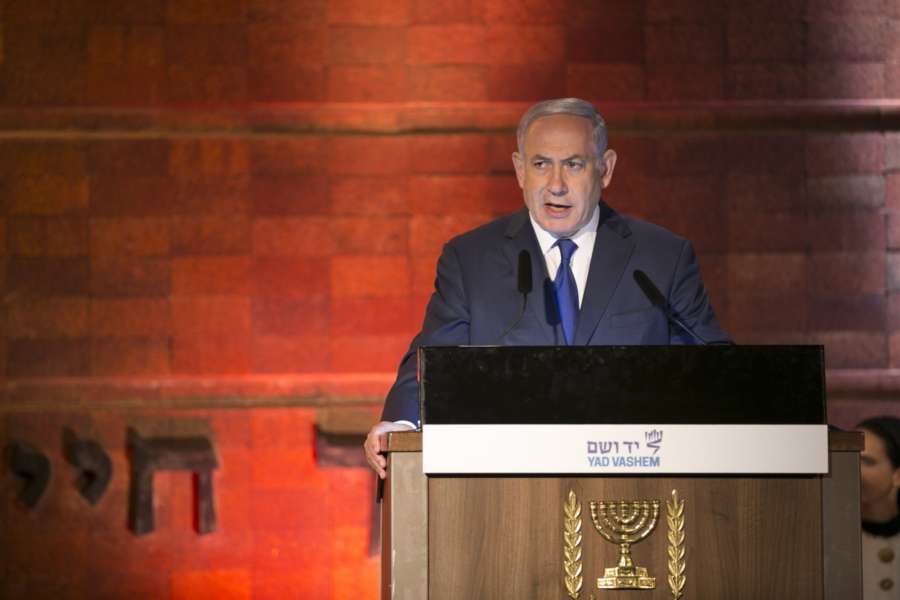
4, What mitigation measures do you offer the post generations suffering from the disastrous effects of these traumatic histories ? Can the individual and communal mental, psychological and emotional torment be repaired or healed ?
Can individuals and communities repair long-standing legacies of structural inequality and violence and their traumatic after-effects? For the last three decades, I have worked on the memory of the Holocaust and other catastrophic histories, yet the reparative potentials of memory—the possibility of healing and repair – were not my primary concerns. My goal was to trace and to understand the workings of trauma and its transmission across generations. I worked under the assumption that some traumatic events would remain irreparable. In recent years, however, for me and many of my colleagues, doing work on memory within the unforgiving frame and teleology of trauma – the powerful idea that it will repeat, and can never truly be healed – has come to feel constraining. I’ve had the occasion to study the workings of social and cultural memory in the context of several transnational interdisciplinary working groups and to participate in memory networks and conferences in numerous locations across the globe. Inspired by feminist, queer, de-colonial and indigenous ideas about time and memory and by commitments to social justice, some of these groups have displaced the focus on trauma and its inexorable after-effects. I have joined them in examining alternative, multiple, non-linear ideas about time and memory that help to reveal aspects of the past and its continuing presence that resist the inevitability of trauma and its unforgiving return. Without denying the magnitude of traumatic loss, the focus on vulnerability, care, mutual aid and repair can help us reveal instances of resistance and refusal in the past, and also of hope and belief in a future.
These questions of repair, reparation and justice became urgent for me as I lived through the Covid-19 pandemic in New York City and observed how legacies of racism and inequality created enormous differentials in how individuals and communities experienced the pandemic. I worked with a group of academics, artists and activists to seekreparative ways to acknowledge these devastating losses and to memorialize the people, institutions, moments, and places that our communities lost. In what we called the Zip Code Memory Project, we acted on the belief that when memory activates the past in a communal setting, it can also reframe it and help us imagine a different potential ending – one that can serve as a provocation for collective political engagement. Thus, perhaps, memory could be reparative and oriented toward the future. Through a series of art-based workshops and communal gatherings, we built a community that could envision trust, care, and the possibility of repair. It was a small, local experiment, but as you can see on the Zip Code Memory Project website, many of the practices are replicable in other settings.

5, Children of survivors and their contemporaries inherit catastrophic histories not through direct recollection but through haunting postmemories, multiply mediated images, objects, stories, behaviors, and affects passed down within the family and the culture at large. Do you have any evidence to prove that postmemory changes across geographical and historical differences?
I think that the structure of postmemory exhibits a lot of parallels across different histories, but also that its particular manifestations take different shapes in different national, geographic and historical settings. So much depends on the infrastructures of memory and in the structure of power that shapes and controls it. If groups and nations are shaped by their memories, then memory is always contested. Whose memory, whose voice, counts? Whose is silenced? Who decides? How do silenced voices nevertheless get heard? These questions are constant across various histories, but the instances are different.
And yet, memory is also a global phenomenon and we see remarkable similarities in its manifestations. Across the globe, contemporary writers, filmmakers, visual artists, memorial artists and museologists have forged an aesthetic of postmemory. They have sought forms through which to express the gaps in knowledge, the fears and terrors, that ensue in the aftermath of trauma, the excitements and disappointments that follow revolutions. Some of these tropes and artistic strategies have been remarkably consistent, constructing a global memory and postmemory aesthetic that both bridges and occludes political and cultural divides. The wall of photos at the Museo de la Memoria in Santiago, Chile, recalls similar walls in memorial museums in Phnom Penh, Paris, Amsterdam, and New York. Lists of names recall victims of the Holocaust, the Vietnam War, the September 11, 2001 bombings, and more. Memorial artists like Horst Hoheisel have worked in Germany, Argentina and Cambodia; Daniel Libeskind in Berlin, Stockholm and New York. Their memorial sites are dominated by idioms of trauma, loss and mourning, invoking tropes of absence and silence, unknowability and emptiness. They tend to rely on archival images and documents, highlighting ghosts and shadows, gaps in knowledge and transmission. They use projection, reframings, recontextualization. They juxtapose or superimpose past and present, without allowing them to merge. But some of these practices also do more in an activist frame: they demand accountability and justice. Thus, groups of mothers walk or sit in squares from Buenos Aires to Mexico City to Istanbul, memorializing their disappeared children by holding photographs of them from a time before their violent disappearances or deaths. Memory can serve progressive ends, but it can also be mobilized in opposite ways—to provoke enmity and conflict.
6, Your book Ghosts of Home: The Afterlife of Czernowitz in Jewish Memory, co-authored with your husband, the historian Leo Spitzer, is a family/communal memoir about the city in which your parents grew up and survived the Holocaust. What message do you have to convey to humanity based on your exploration of the period of Holocaust? Has our species matured enough to deter the occurrence of similar incidents in the future?
Our species has decidedly not matured in any way. Racialized hatred and persecution are everywhere visible and are being practiced with impunity by many nations. It’s only a few months ago that Armenians were brutally displaced from Azerbaijan with the world watching and not intervening.
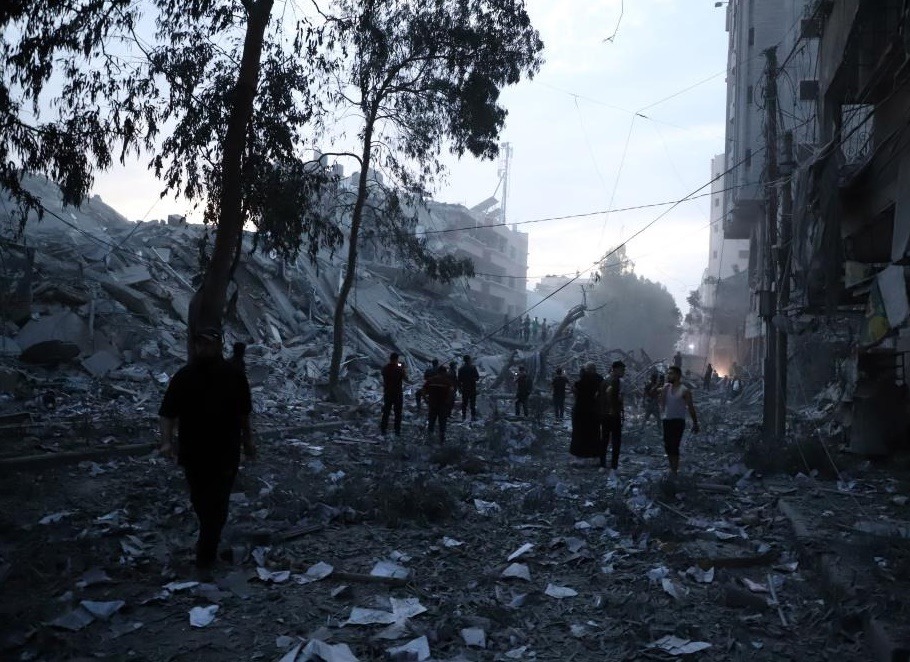
As I mentioned, I have been alarmed at how the Holocaust has entered present political conversations and actions. Alarmed not only as a scholar of the Holocaust, but also as a daughter of parents who were persecuted, chased from their homes, and targeted for extermination as Jews. It is unbearable to me that my ancestors’ suffering is being misused by politicians and the media to justify the necessity of continuing cycles of violence and war by Russia in its invasion of Ukraine and by Israel in the aftermath of the horrific racialized violence of October 7 perpetrated by Hamas. Holocaust memory has become an alibi for repression, violence, and racialized hatred and for the contagious perpetuation and exploitation of transgenerational fear and trauma.
If you are asking about a message, I’d say: Don’t invoke the Holocaust in these ways. Don’t exploit its memory. Don’t take it out of history. Don’t divide the world into Nazis and Jews and then apply these terms to groups and nations for your own political purposes.Learn from this history that genocides can happen and do your utmost to prevent them by building a world of care and repair.
ALSO READ: Global Threads: Unravelling the Link Between Iowa, Rwanda, Gaza, Ukraine, and Ayodhya


